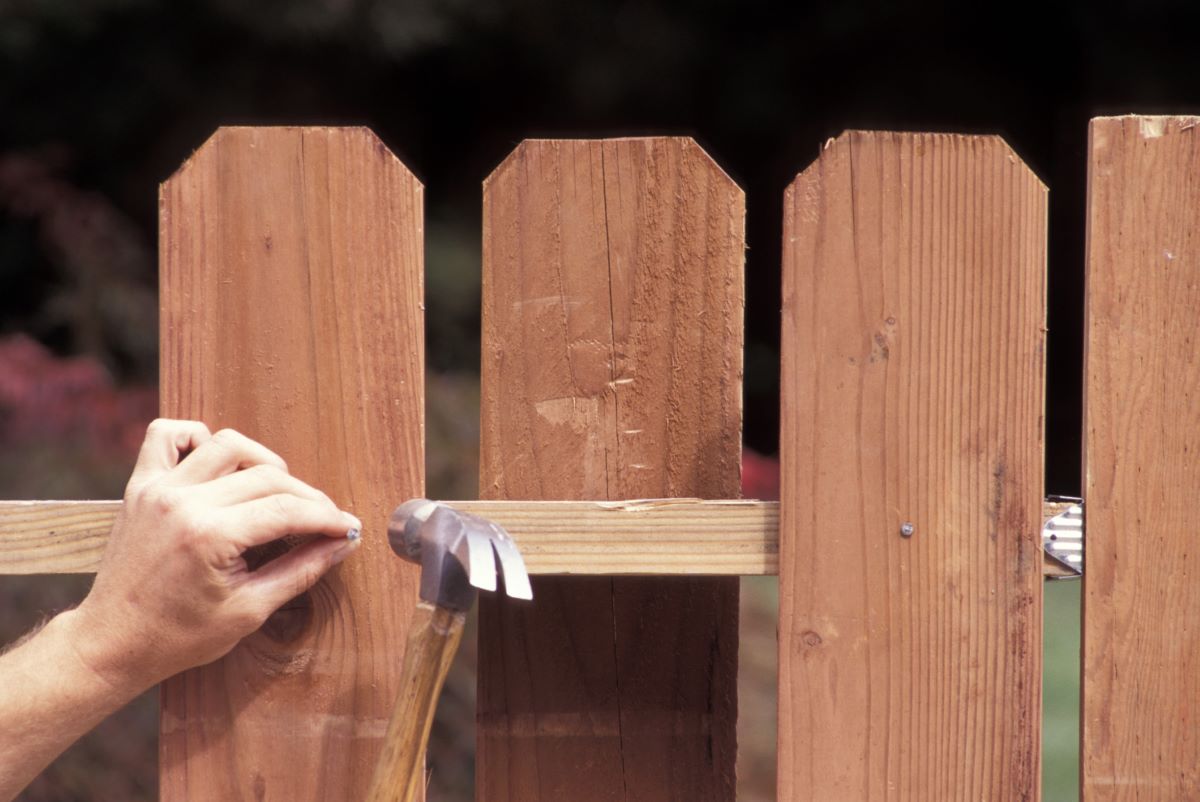

Articles
What Kind Of Nails For Fence Pickets
Modified: May 6, 2024
Looking for the right nails for your fence pickets? Read our informative articles to find the best options and ensure a secure and long-lasting fence installation.
(Many of the links in this article redirect to a specific reviewed product. Your purchase of these products through affiliate links helps to generate commission for Storables.com, at no extra cost. Learn more)
Introduction
When it comes to building or repairing a fence, choosing the right nails for fence pickets is crucial. Nails serve as the foundation for securing pickets to the fence rails, providing strength and stability to the entire structure. However, not all nails are created equal, and selecting the appropriate type and size can make a significant difference in the overall performance and longevity of your fence.
In this article, we will explore the factors to consider when choosing nails for fence pickets, the common types of nails available, and which nail type is best suited for different fence picket materials. We will also discuss the proper nail size and length for fence pickets and provide recommendations for various fence picket styles. Lastly, we will share some tips for properly installing fence pickets with nails.
By the end of this article, you will have a comprehensive understanding of the importance of selecting the right nails for your fence pickets and be equipped with the knowledge to make informed decisions that will ensure the longevity and stability of your fence for years to come.
Key Takeaways:
- Choose the right nails for fence pickets by considering material, weather resistance, strength, compatibility, and aesthetics. Proper installation techniques and nail types ensure a durable and visually appealing fence.
- Common, ring shank, screw, coated, and stainless steel nails are suitable for different fence picket materials. Follow guidelines for nail size, length, and proper installation to ensure a stable and long-lasting fence.
Read more: What Nail Gun To Use For Fence Pickets
Factors to Consider When Choosing Nails for Fence Pickets
When selecting nails for fence pickets, there are several important factors to consider to ensure you choose the right ones for your project. These factors include:
- Material: The material of your fence pickets will play a significant role in determining the type of nails you should use. Different materials, such as wood, vinyl, or metal, require different types of nails to achieve optimal performance.
- Weather resistance: Consider the climate and weather conditions in your area. If your fence will be exposed to harsh weather elements like rain, snow, or extreme temperatures, it is important to choose nails that are corrosion-resistant to prevent rusting or weakening of the fence structure over time.
- Strength: Evaluate the strength requirements of your fence. Factors such as fence height, wind exposure, and intended use of the fence (e.g., decorative, privacy, or security) will determine the level of strength needed. Opt for nails that can withstand the pressure and stress the fence may encounter.
- Compatibility: Ensure that the nails you choose are compatible with the type of wood or material used for your fence pickets. Some nails may be specifically designed for use with certain wood types, so it is important to check compatibility to avoid splitting or damaging the pickets during installation.
- Aesthetics: Consider the appearance of the nails. While this may not be a critical factor for everyone, choosing nails that complement the overall aesthetic of your fence can enhance its visual appeal.
By carefully evaluating these factors, you can make an informed decision when selecting the right nails for your fence pickets. This will help ensure the durability, stability, and visual appeal of your fence for years to come.
Common Types of Nails for Fence Pickets
There are several types of nails available for securing fence pickets to the fence rails. Each type has its own unique characteristics, making them more suitable for specific applications. Let’s explore some of the most common types:
- Common Nails: Common nails, also known as framing nails, are the most traditional and widely used type of nails for fence pickets. They are typically made of galvanized steel, which provides excellent strength and corrosion resistance. These nails have a thick shank and a flat head which helps prevent the pickets from being pulled out. Common nails are suitable for most wood fence pickets and are a cost-effective option.
- Ring Shank Nails: Ring shank nails are designed with a series of rings spiraling along the shank. These rings provide added grip and holding power, making them ideal for fences that may be subjected to strong winds or heavy impact. The ring shank design helps prevent the nails from backing out or loosening over time, providing enhanced structural integrity.
- Screw Nails: Screw nails, also known as spiral or screw shank nails, feature a twisted shank that resembles a screw. This design offers superior holding power and resistance to withdrawal. Screw nails are especially useful in areas with high wind or in fences that require a higher level of security. They are less likely to come loose over time compared to other types of nails.
- Coated Nails: Coated nails are treated with a special coating that provides additional protection against corrosion. The coating, such as vinyl, epoxy, or resin, acts as a barrier to prevent the nail from rusting or deteriorating when exposed to moisture or harsh weather conditions. These nails are an excellent choice for fences in coastal or humid areas where the risk of corrosion is higher.
- Stainless Steel Nails: Stainless steel nails are highly resistant to rust and corrosion, making them an ideal choice for fence pickets. They are especially beneficial in areas with high humidity, saltwater exposure, or corrosive environments. Stainless steel nails are durable and long-lasting, ensuring the integrity and strength of your fence over time.
When choosing the type of nails for your fence pickets, consider the specific requirements of your project, including the material of the pickets, the environmental conditions, and the level of strength needed. By selecting the appropriate type of nails, you can ensure the longevity and stability of your fence.
Which Nail Type is Best for Different Fence Picket Materials
Choosing the right nail type for your fence picket material is crucial to ensure proper installation and long-lasting durability. Different materials have different characteristics, and certain nail types are better suited for specific materials. Let’s explore the recommended nail types for various fence picket materials:
- Wood Fence Pickets: For traditional wood fence pickets, common nails are typically the most suitable option. Their thick shank and flat head provide excellent holding power and prevent the pickets from being easily pulled out. Common nails can be used for various wood species, including cedar, pine, or redwood.
- Vinyl Fence Pickets: Vinyl fence pickets require special consideration as the material is not as forgiving as wood. Stainless steel nails or coated nails are highly recommended for vinyl fencing. These nails provide corrosion resistance and prevent any potential reaction between the nail and the vinyl material, ensuring the integrity of the fence.
- Metal Fence Pickets: When dealing with metal fence pickets, such as aluminum or steel, it is important to use specialized fasteners designed specifically for metal. Self-tapping screws or specialized metal fasteners are the best options for attaching metal pickets. They provide a secure and durable connection and are less likely to cause damage to the metal material.
- Composite Fence Pickets: Composite fence pickets, made from a combination of wood fibers and recycled plastic, require nails that can withstand the expansion and contraction associated with temperature changes. Stainless steel nails or coated nails are recommended for composite pickets to prevent rusting or discoloration.
- Chain Link Fence Pickets: Chain link fences typically use tension bands and bolts to secure the pickets to the posts. Nails are not commonly used for chain link fences, as they may damage the material or hinder the flexibility of the chain link fabric.
It is important to consult the manufacturer’s recommendations and guidelines for each specific fence picket material to ensure that you are using the most appropriate nail type. By using the recommended nail type, you can ensure the structural integrity and longevity of your fence while avoiding any damage to the pickets or compromising the overall appearance.
When choosing nails for fence pickets, opt for hot-dipped galvanized or stainless steel nails to prevent rust and corrosion, ensuring a longer lifespan for your fence.
Proper Nail Size and Length for Fence Pickets
Choosing the proper nail size and length is vital to ensure the stability and longevity of your fence. Using nails that are too short or too long can compromise the structural integrity of the fence pickets. Here are some guidelines to follow when determining the proper nail size and length for your fence pickets:
- Nail Size: The size of the nail is indicated by its gauge number. The higher the gauge number, the thinner the nail. For most wood fence pickets, a common nail with a gauge range between 12 and 16 is suitable. However, for heavier-duty applications, such as securing thicker or denser pickets, you may need to use nails with a lower gauge number for added strength.
- Nail Length: The nail length should be determined by considering the thickness of the fence pickets and any additional material that the nail needs to penetrate, such as rails or posts. As a general rule, the nail length should be about three times the thickness of the picket material. For example, if your pickets are 1 inch thick, you should use nails that are at least 3 inches long.
- Nail Head: The size of the nail head is also important. The head should be large enough to grip the picket securely and hold it in place. Flat-headed nails or nails with a slightly cupped head are commonly used for fence pickets as they provide better holding power compared to nails with small or narrow heads.
- Compatibility: Ensure that the shank diameter of the nail is compatible with the size of the pre-drilled holes or pilot holes in your fence pickets. This will prevent splitting or damage to the pickets during installation.
It is always a good idea to consult the manufacturer’s recommendations or consult with a professional for specific guidance on the appropriate nail size and length for your specific fence pickets. Additionally, local building codes may have specific requirements regarding the nails used for fencing projects.
By selecting the proper nail size and length, you can ensure a secure and stable connection between the fence pickets, rails, and posts. This will result in a durable and long-lasting fence that can withstand the elements and provide years of protection and privacy.
Read more: What Is A Fence Picket
Recommended Nails for Different Fence Picket Styles
Choosing the right nails for your fence picket style is essential for achieving the desired aesthetic appeal and ensuring proper installation. Different fence picket styles may require specific nail types and sizes to achieve the best results. Let’s explore some recommended nails for different fence picket styles:
- Traditional Picket Fence: For a classic, traditional picket fence, common nails are typically the best choice. These nails provide secure and reliable attachment, ensuring that the pickets stay in place while maintaining a timeless look throughout the fence.
- Scalloped Picket Fence: Scalloped picket fences feature pickets with a curved or wavy top design. The recommended nails for this style are ring shank nails or screw nails. These nails have excellent holding power and prevent the pickets from shifting or coming loose, maintaining the scalloped appearance.
- Lattice Top Picket Fence: Lattice top picket fences incorporate a section of lattice at the top of the fence for added decorative flair. To secure the lattice panels and the pickets effectively, stainless steel nails or coated nails are recommended. These nails provide corrosion resistance and ensure long-term durability.
- Board-on-Board Fence: A board-on-board fence style consists of overlapping horizontal boards on both sides of the fence, providing privacy and a visually appealing pattern. For this style, using hidden fasteners, such as fence brackets or hidden screws, is recommended. This maintains a clean and seamless look while providing secure attachment for the pickets.
- Picket and Rail Fence: Picket and rail fences feature horizontal rails that connect the vertical pickets. Galvanized nails with a slight head are commonly used for attaching the pickets to the rails. They provide reliable strength and prevent the pickets from sliding or becoming loose over time.
When choosing nails for specific fence picket styles, it is important to consider the overall design, function, and durability of the fence. Consulting with a professional or fence manufacturer can provide valuable insights and recommendations tailored to your specific style and requirements.
By selecting the recommended nails for your fence picket style, you can achieve both an aesthetically pleasing fence and a structurally sound installation that will withstand the test of time.
Tips for Properly Installing Fence Pickets with Nails
Proper installation of fence pickets is crucial for the stability, longevity, and overall appearance of your fence. Here are some tips to ensure a successful installation when using nails:
- Prepare the pickets: Before installing the pickets, make sure they are clean, properly aligned, and free from any defects or damage. Sand or trim any rough edges to ensure a smooth and even surface for attaching the nails.
- Pre-drill pilot holes: For wood pickets, it is advisable to pre-drill pilot holes before inserting the nails. This prevents the wood from splitting, especially near the edges of the pickets. The pilot holes should be slightly smaller in diameter than the nails to ensure a snug fit and secure attachment.
- Placement of nails: Position the nails carefully to ensure they securely attach the pickets to the fence rails. Place the nails near the top and bottom of each picket, leaving a small gap between the picket and the rail to allow for any expansion or contraction due to temperature changes.
- Use proper technique: When inserting the nails, hold them at a slight angle, roughly 30 degrees, to ensure a solid grip and to prevent the nails from easily backing out over time. Hammer the nails in firmly but avoid exerting excessive force that could cause damage to the pickets or compromise their structural integrity.
- Spacing between pickets: Maintain a consistent spacing between the pickets for uniformity and aesthetic appeal. Use a spacer tool or a scrap piece of wood to ensure even spacing, helping to achieve a professional and well-balanced appearance.
- Inspect and reinforce: After installing the pickets, inspect the fence for any loose or improperly attached pickets. Reinforce any weak spots or areas by adding additional nails or using longer nails for better hold.
- Weatherproofing: Once the fence pickets are properly installed, consider applying a weatherproofing treatment or sealant to protect the wood or other materials from the elements. This will help prolong the life of the fence and maintain its appearance over time.
Remember, proper installation is key to ensuring a secure and durable fence. Take the time to follow these tips and techniques to ensure a successful installation that will provide both functional and aesthetic benefits for your fence.
Conclusion
Choosing the right nails for fence pickets is an important aspect of building or repairing a fence. The type, size, and length of nails you select can significantly impact the stability, durability, and overall appearance of your fence. By considering factors such as the material of the fence pickets, weather resistance, strength requirements, compatibility, and aesthetics, you can make informed decisions when selecting the appropriate nails.
Common nails, ring shank nails, screw nails, coated nails, and stainless steel nails are all popular options for securing fence pickets, each with its own advantages for different applications. Additionally, considering the specific needs of your fence picket material, such as wood, vinyl, metal, or composite, will help guide you towards the most suitable nail type.
Proper nail size and length are essential to ensure a secure attachment and prevent potential issues like splitting or weak connections. By following guidelines for nail size and length, consulting the manufacturer’s recommendations, and adhering to local building codes, you can ensure that your fence pickets are properly secured.
When installing fence pickets with nails, it is important to prepare the pickets, pre-drill pilot holes for wood pickets, place the nails correctly, use proper technique, maintain consistent spacing, and thoroughly inspect the fence for any loose or improperly attached pickets. Taking these steps will help ensure a successful installation that maximizes the fence’s stability and aesthetic appeal.
In conclusion, selecting the right nails and properly installing fence pickets is vital for creating a durable, attractive, and secure fence. By considering the factors, using the recommended nails for your picket style, and following proper installation techniques, you can enjoy a fence that not only enhances the appearance of your property but also withstands the test of time.
Now that you've got the scoop on selecting the perfect nails for fence pickets, why not expand your crafting skills or dive into more hands-on projects? If woodworking intrigues you, our detailed guide on the best woodworking techniques will surely spark your creativity and enhance your crafting journey. Prefer a more varied approach? Our insights into the benefits of DIY projects will inspire you to start transforming everyday items into personalized masterpieces. Both articles are packed with practical tips and exciting ideas to fuel your next project!
Frequently Asked Questions about What Kind Of Nails For Fence Pickets
Was this page helpful?
At Storables.com, we guarantee accurate and reliable information. Our content, validated by Expert Board Contributors, is crafted following stringent Editorial Policies. We're committed to providing you with well-researched, expert-backed insights for all your informational needs.
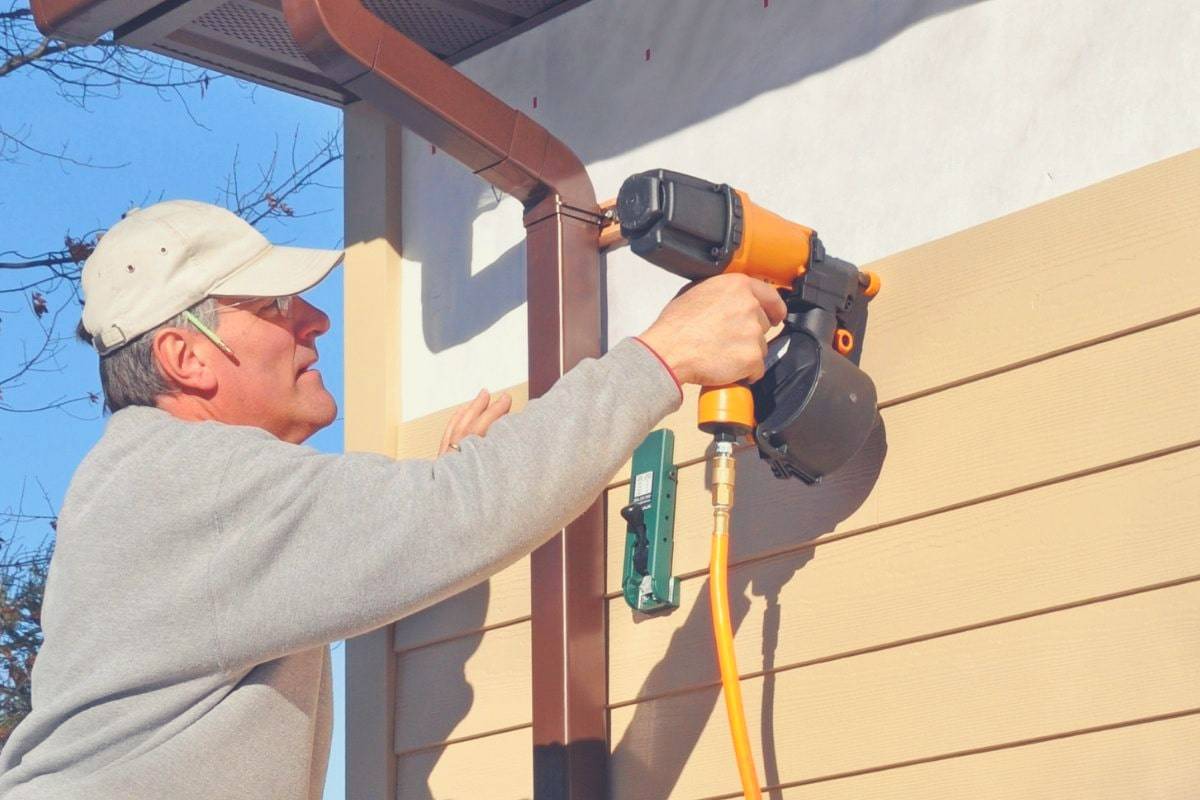
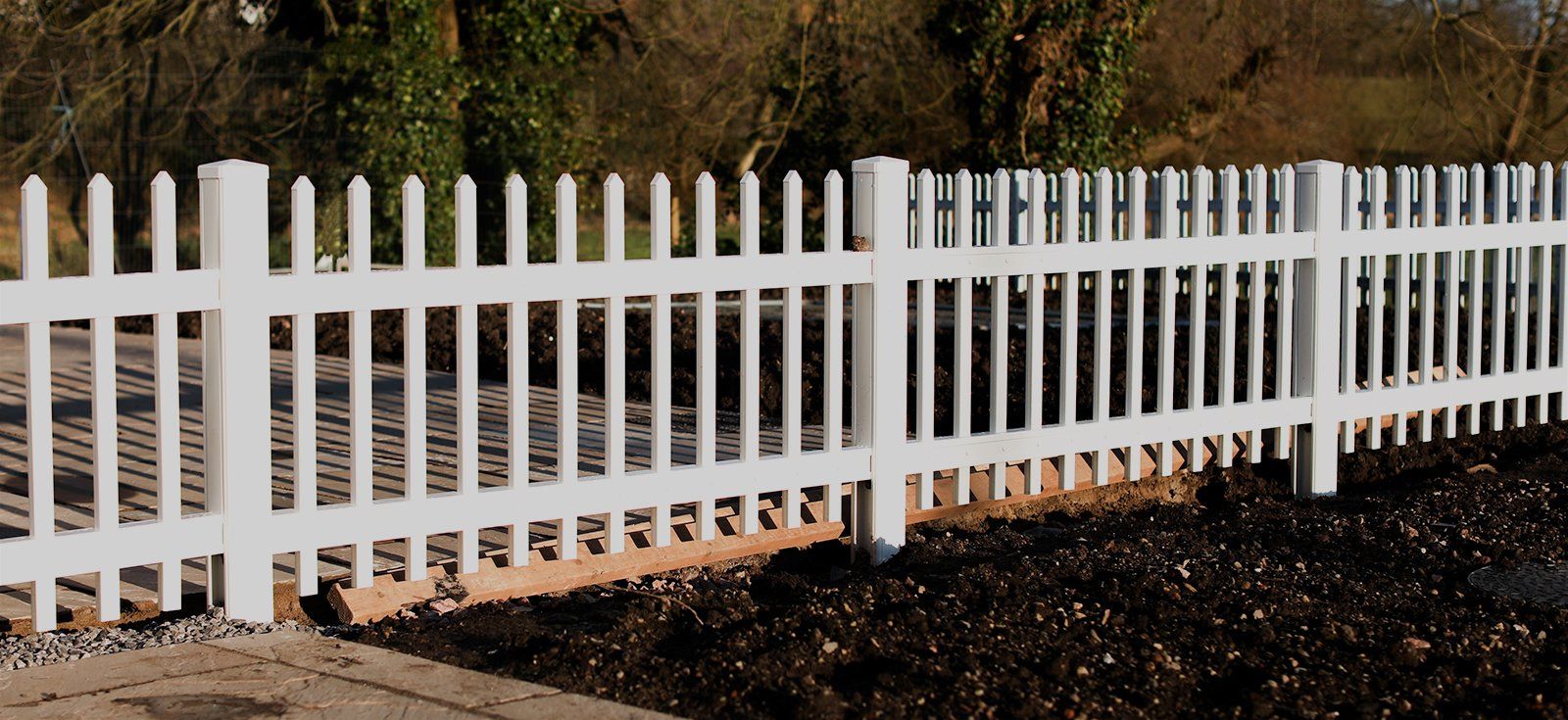
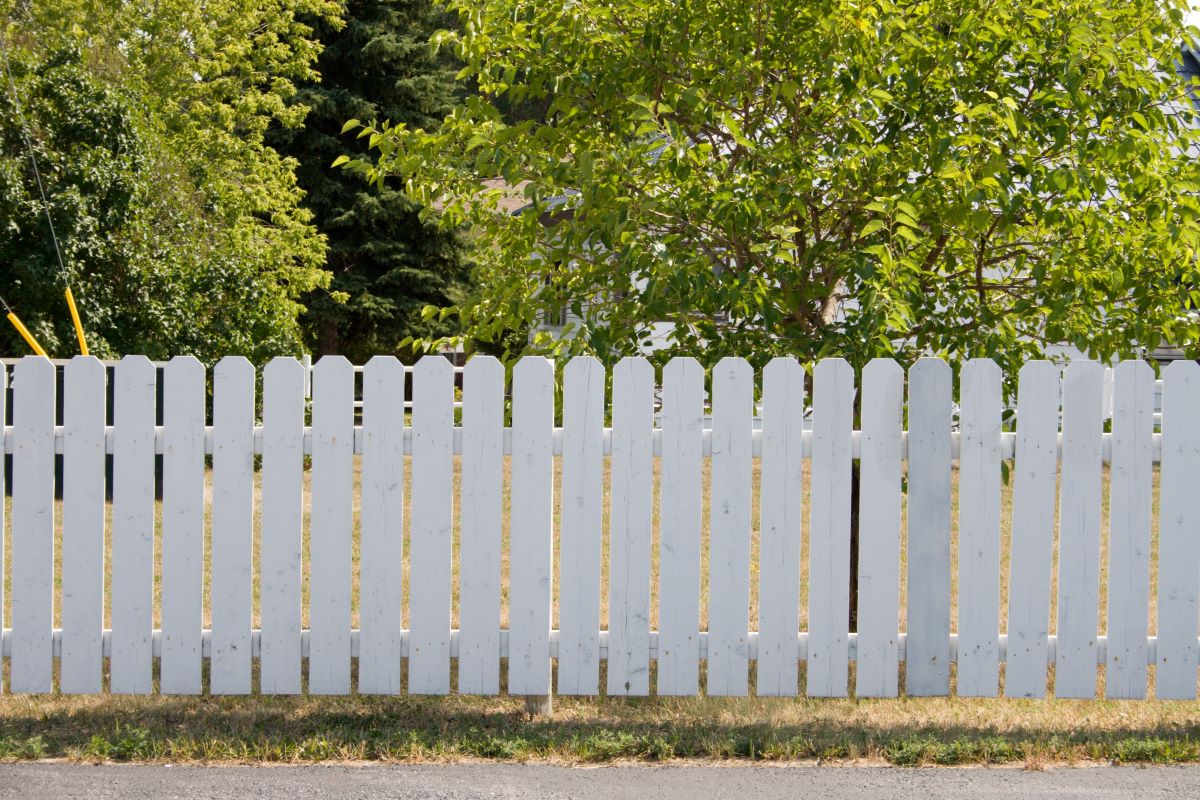
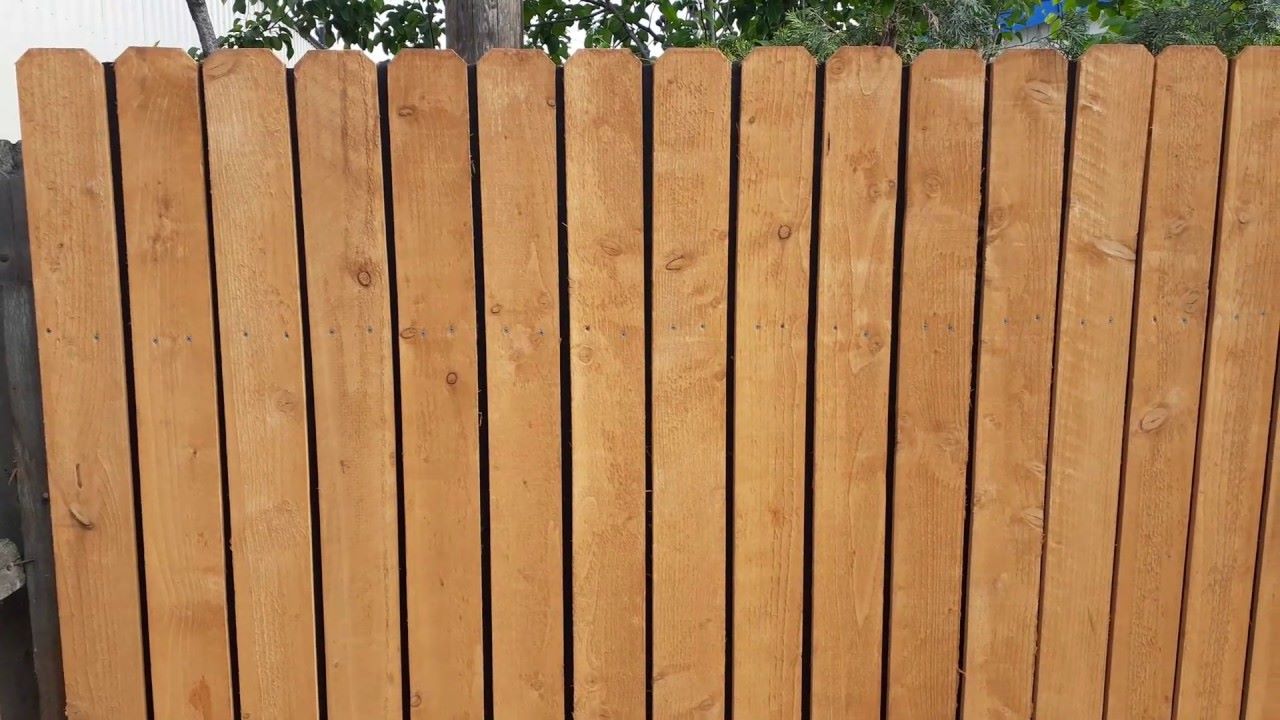
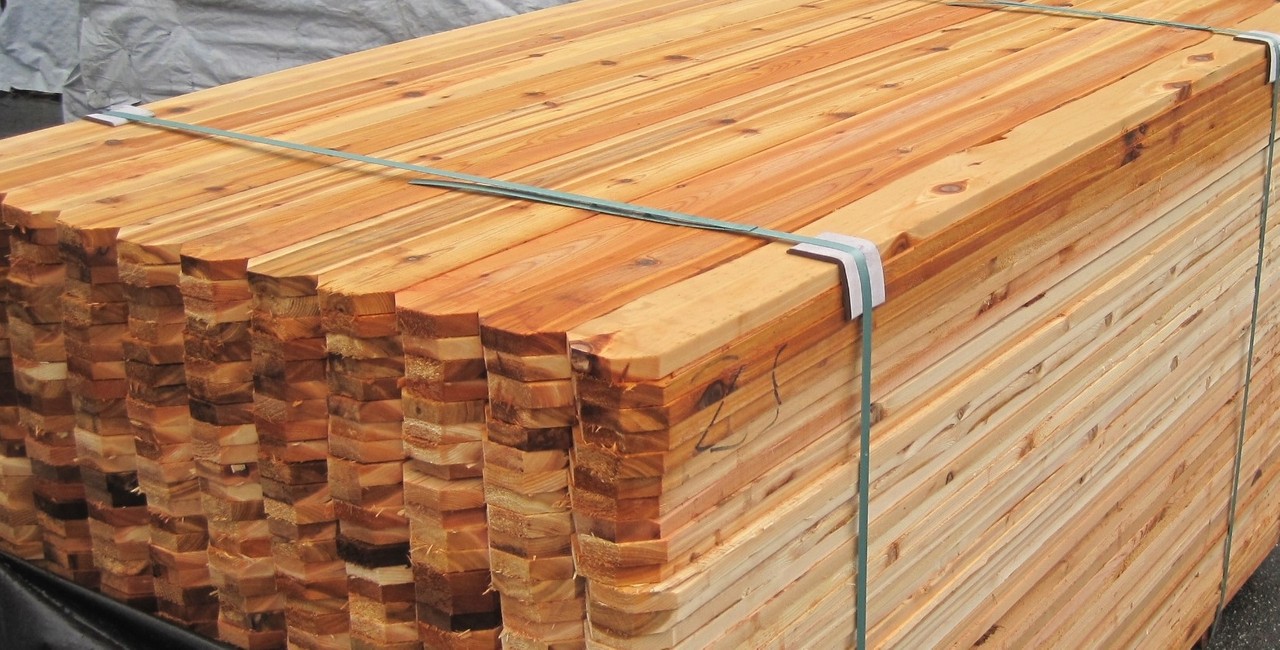
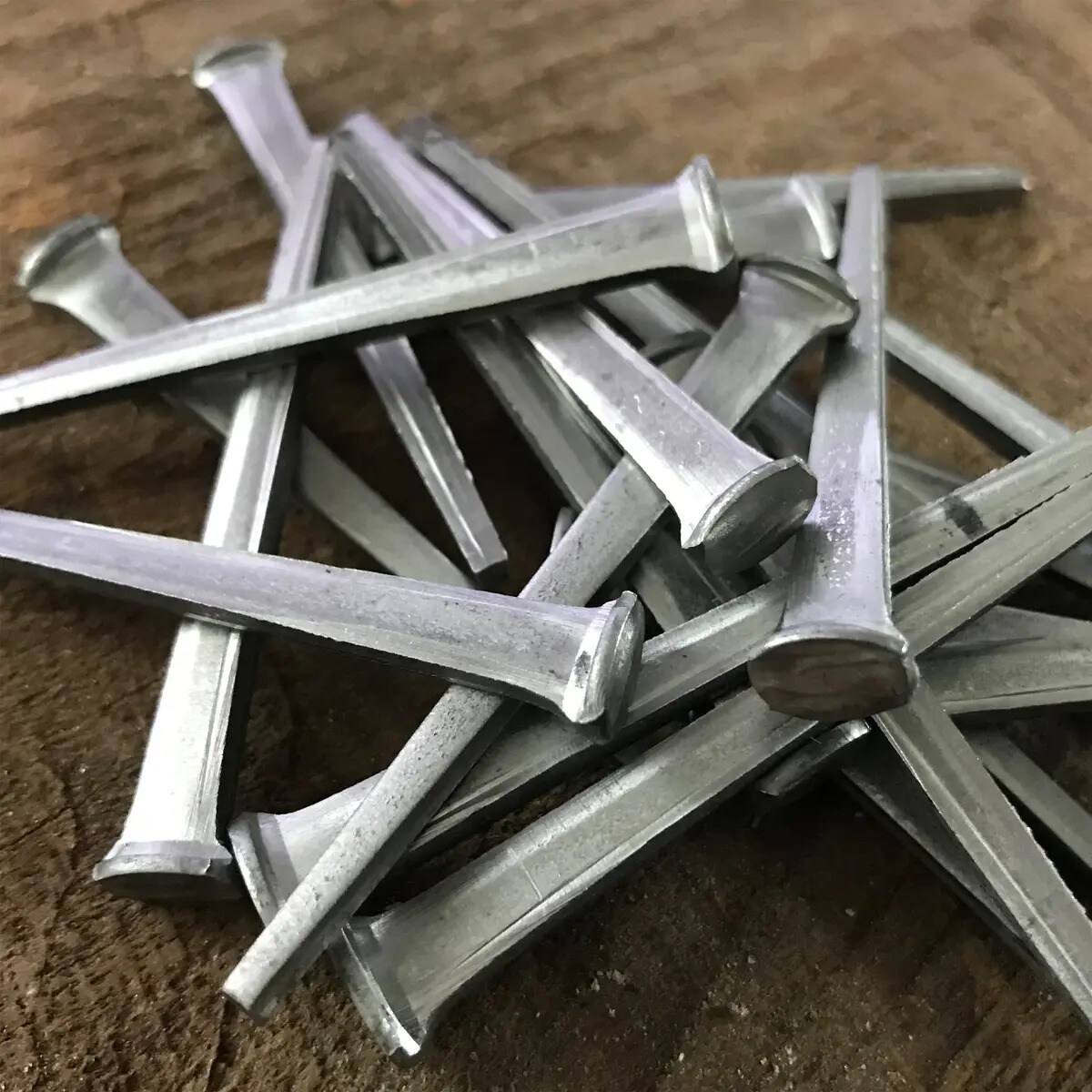

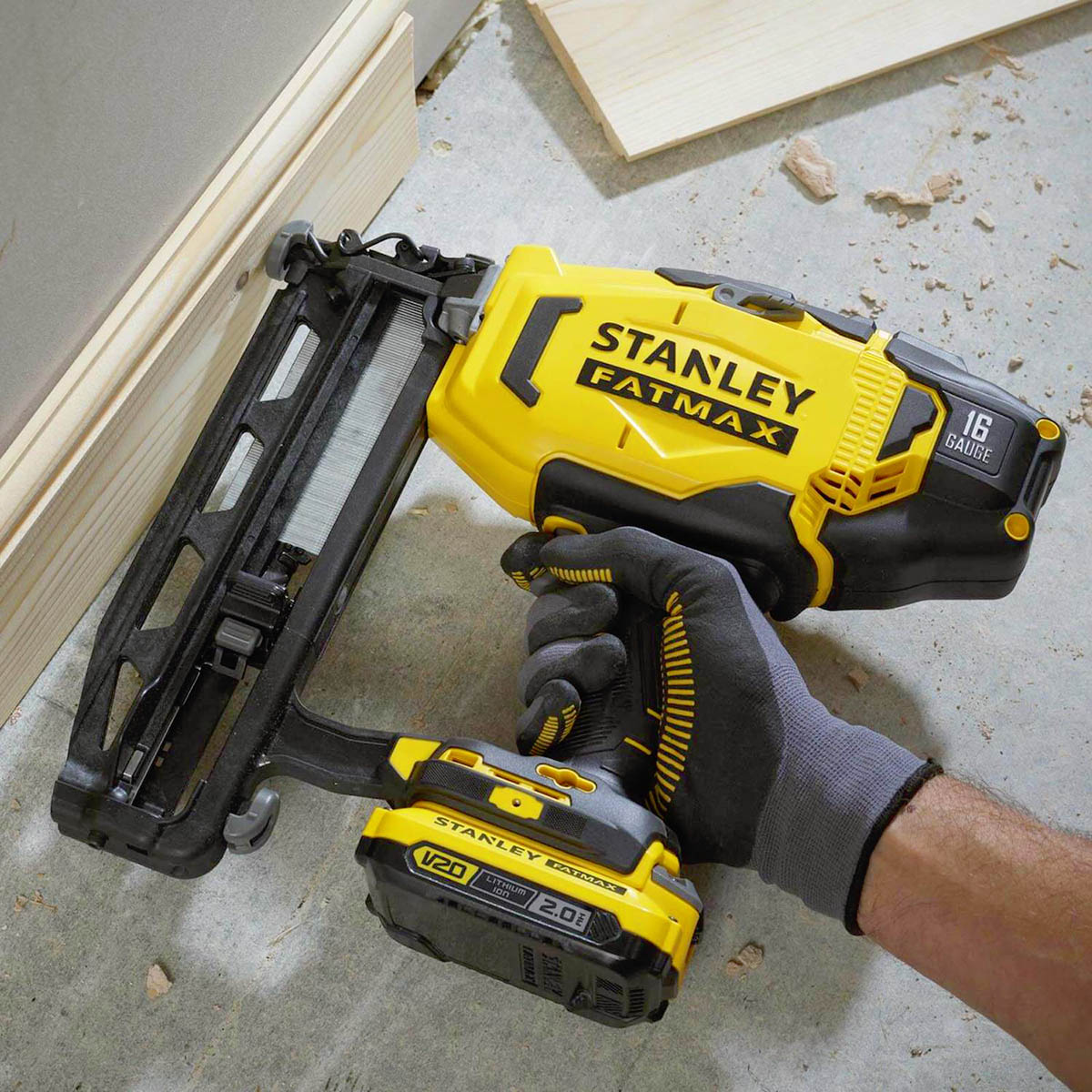
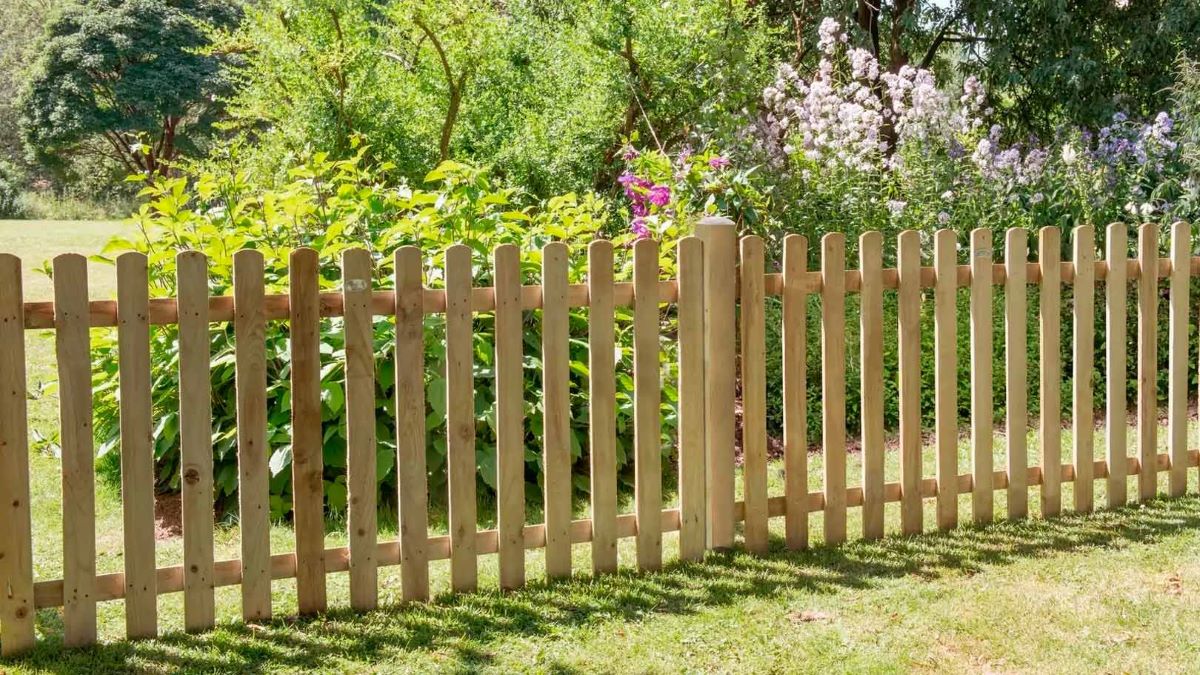

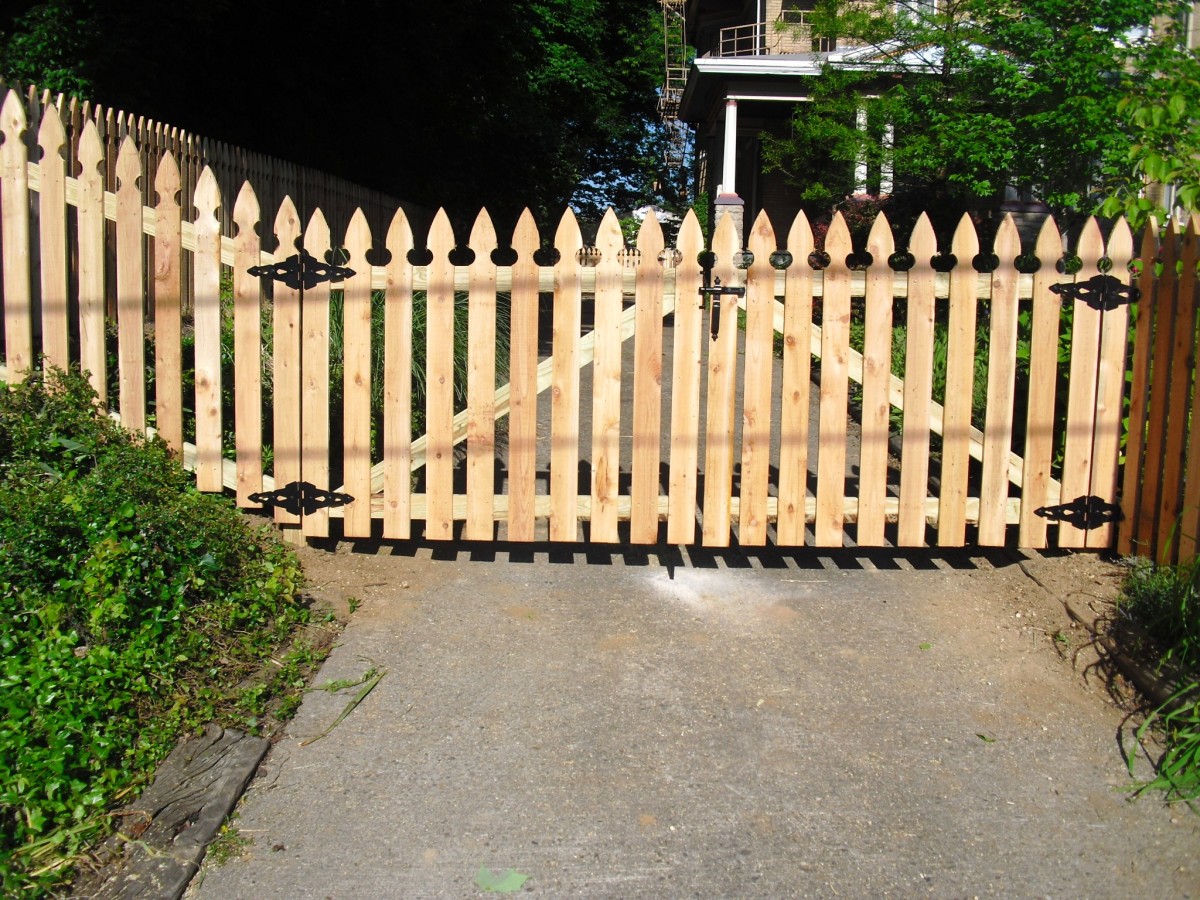
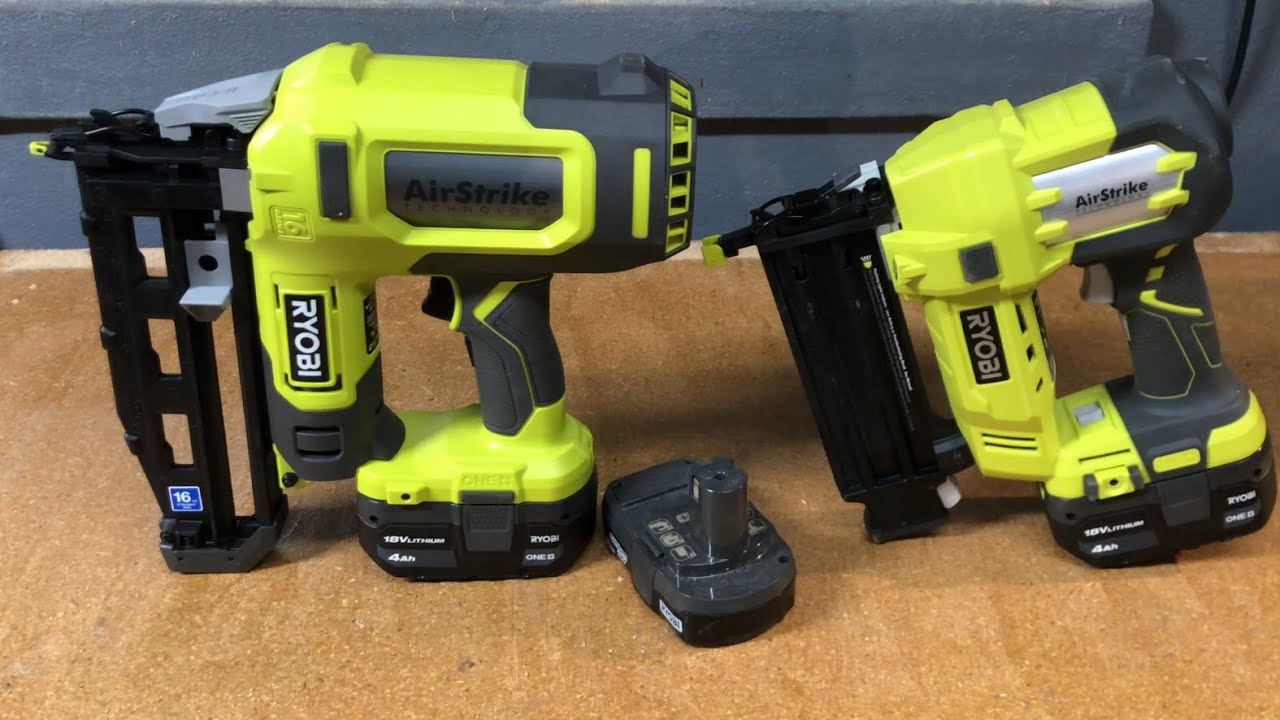
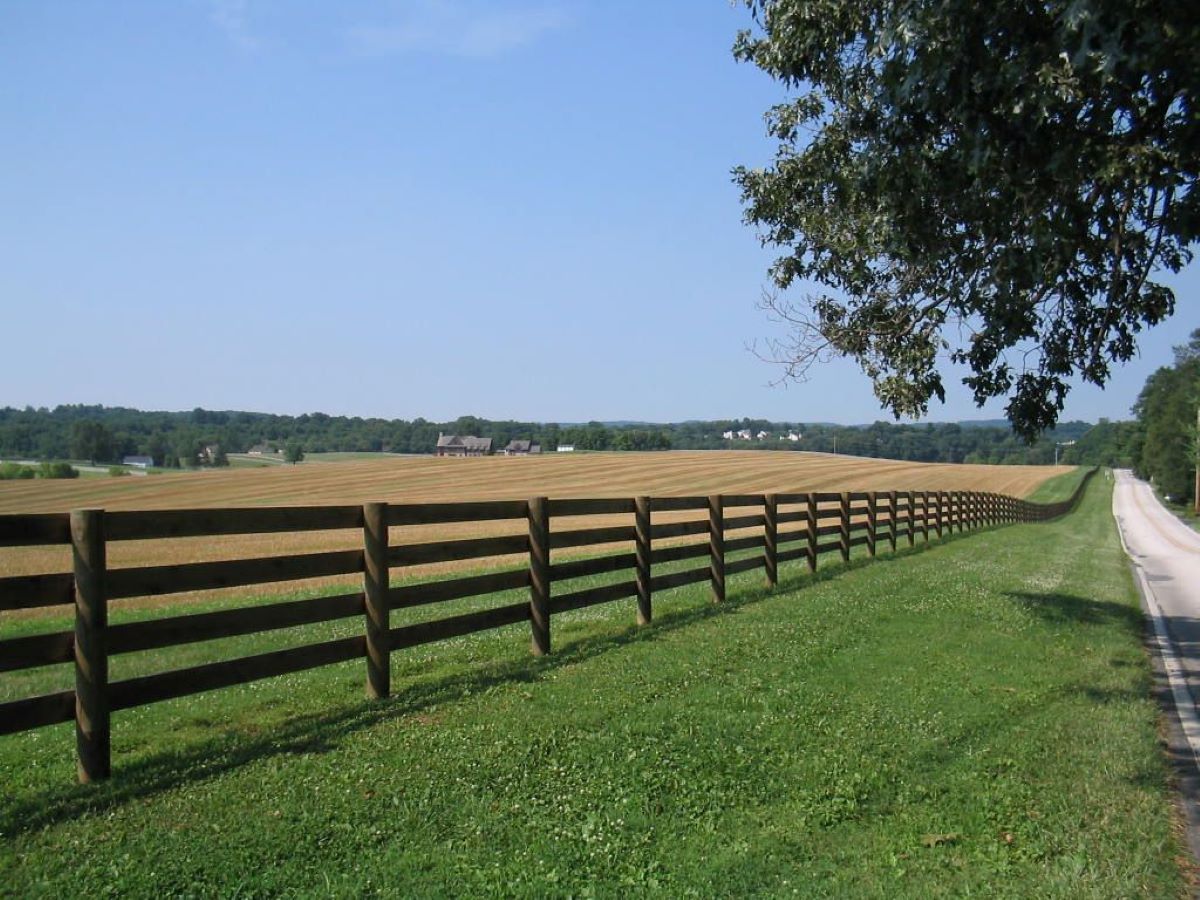
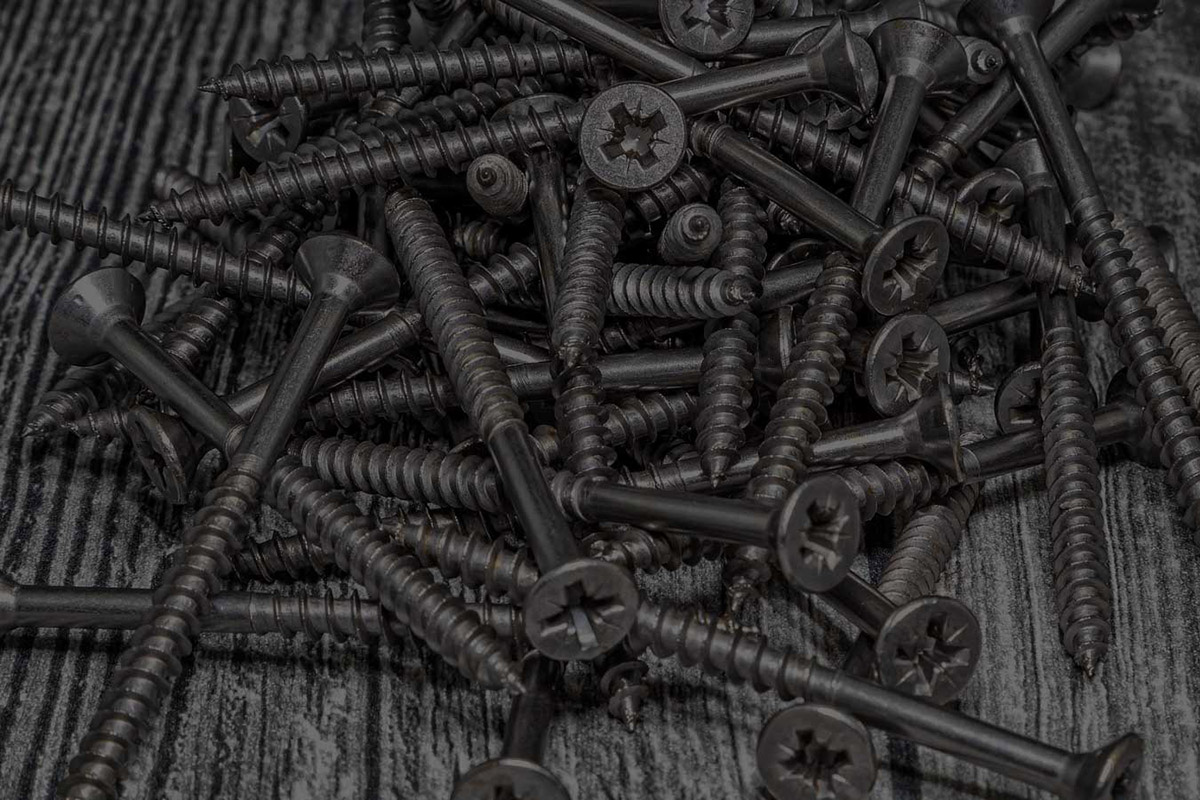

0 thoughts on “What Kind Of Nails For Fence Pickets”